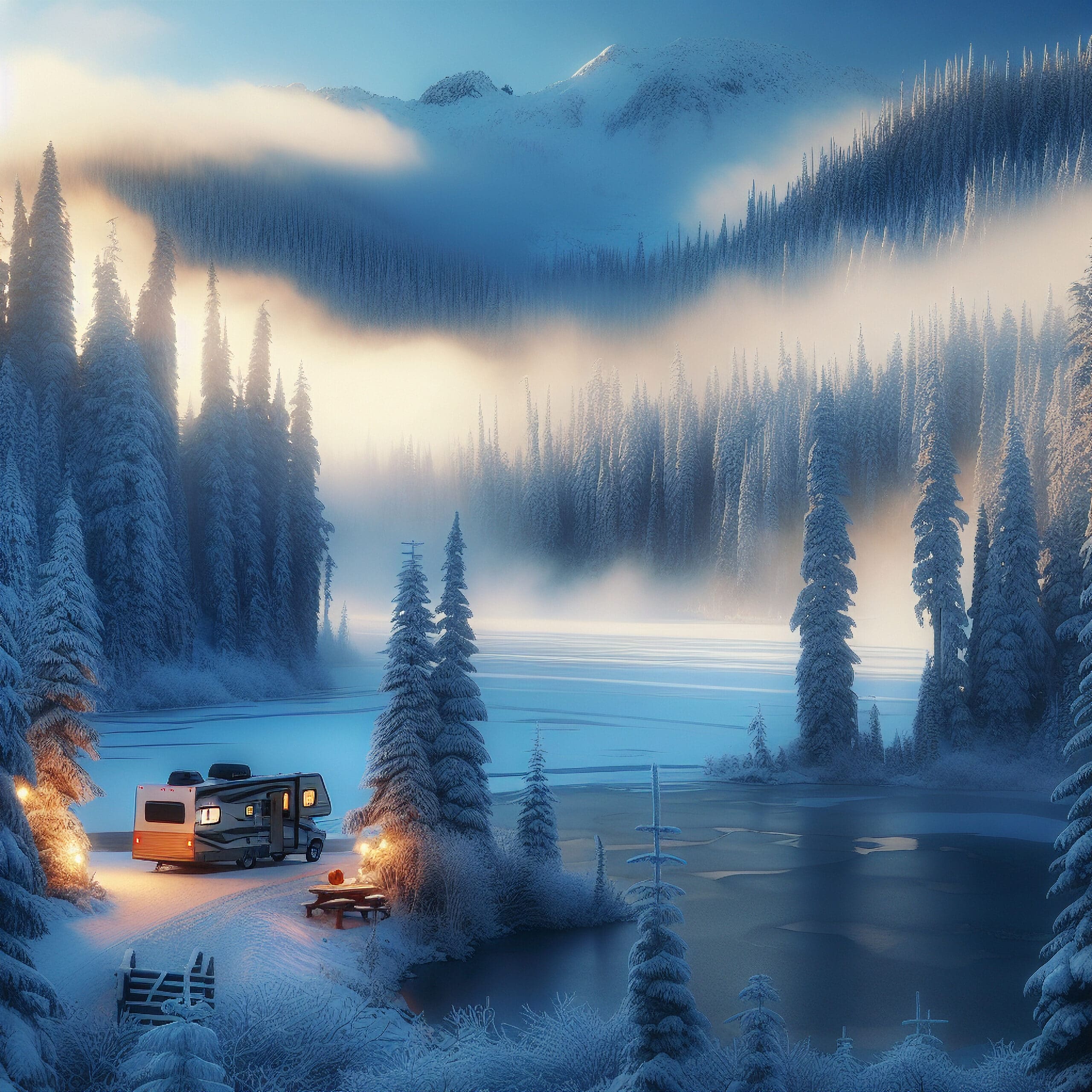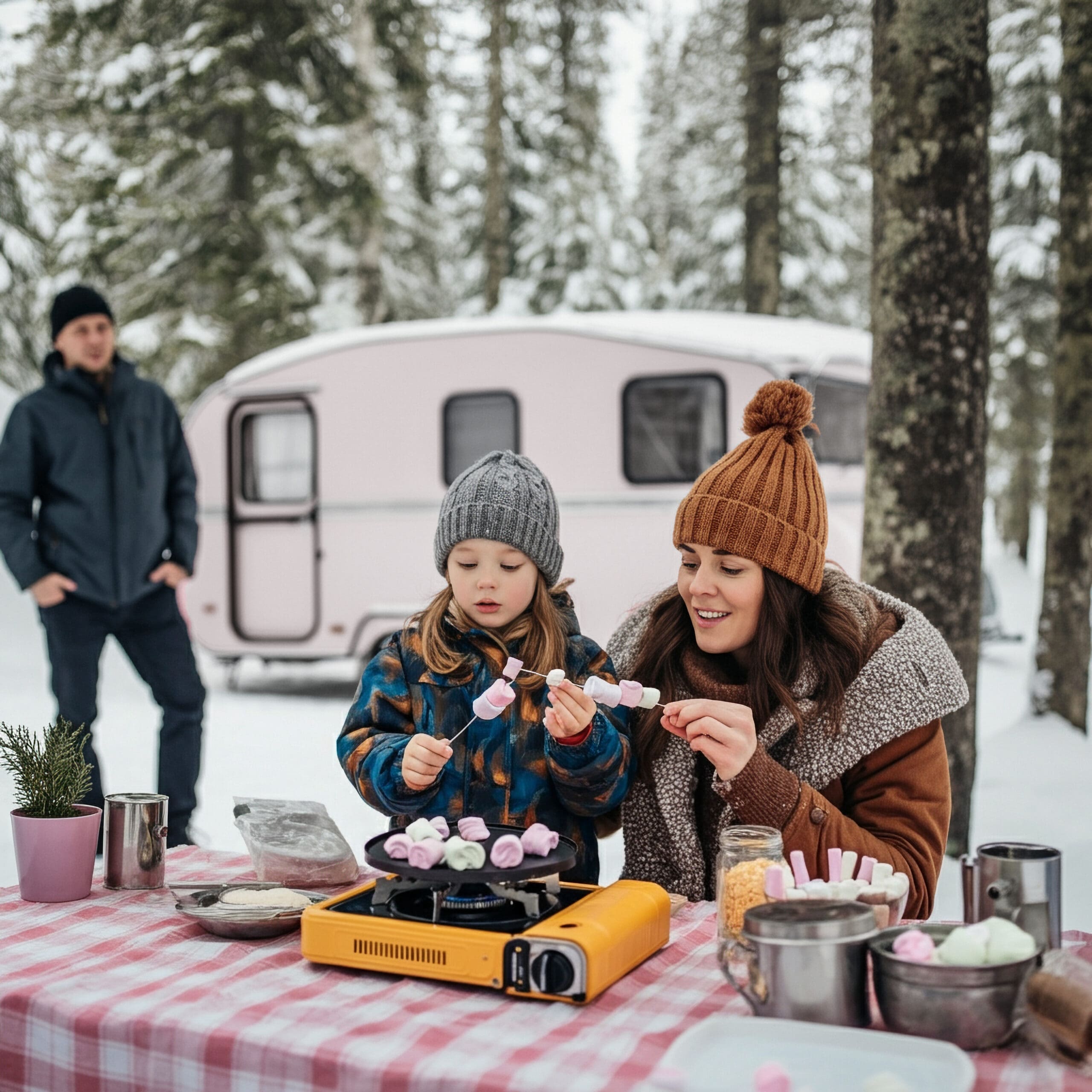Service: Wed - Fri 9AM to 5PM
Service: Sat - Tues CLOSED Canada Day Weekend
Sales: Wed 9AM to 7PM
Sales: Thurs - Sat 9AM to 5PM, Sun - Tues CLOSED - Canada Day weekend
Parts: Wed 9AM to 7PM
Parts: Thurs - Sat 9AM to 5PM, Sun - Tues CLOSED - Canada Day Weekend








